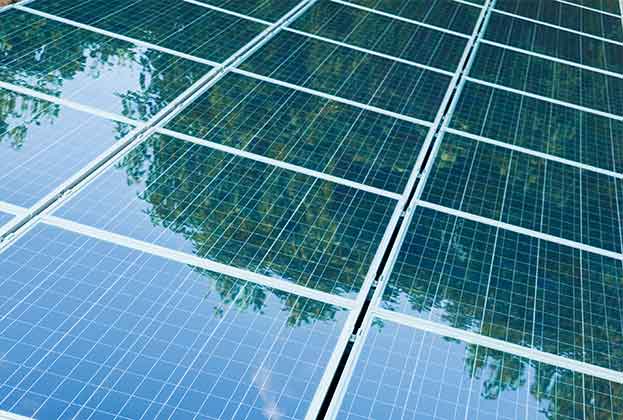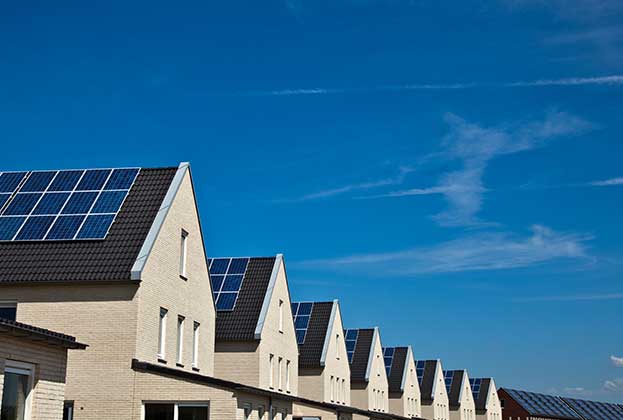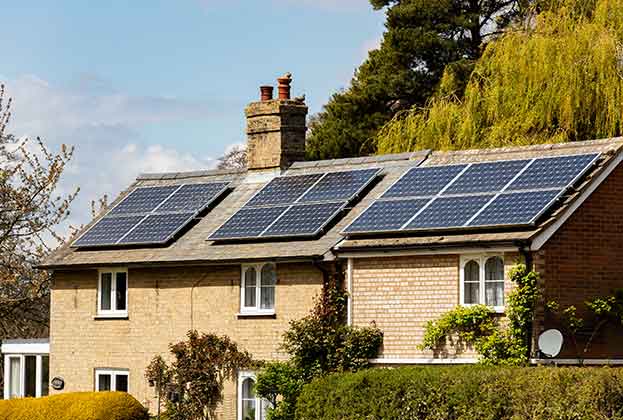Increased consideration for environmental and social returns means that investors will need to take a broader view of what constitutes a green premium
Green premiums and environmental returns
Real estate investors will always want to make money from their investments. However, we do expect to see more consideration of environmental and social returns in the future, rather than just total returns. Investors will need to take an increasingly broad view of what constitutes a green premium, whether they are paying for it or creating it themselves. Criteria to be considered include:
- Lower energy costs as an enabler for higher rent payments.
- Better buildings will offer more than just being 'greener', and better always attracts a premium.
- The branding impacts of a greener building, while less tangible, will be counted both by owners and tenants. Brand damage may become a concern.
- Carbon offset costs will be higher for assets that are harder to decarbonise.
Buy green or build green?
Investors who do not wish to develop or refurbish real estate assets will focus on acquiring assets that already have some form of high sustainability rating. However, the comparatively slow pace of the delivery of such assets, particularly in the residential space, will mean that liquidity, competition and hence pricing of such assets will remain challenging.
In the commercial sectors, we expect the best opportunities to buy green standing assets in the UK will be in the central London office market and in the residential Build to Rent market outside London.
The best opportunities to buy green standing assets will be in the central London office market and Build to Rent market outside the capital
Mat Oakley, Head of Department, Commercial Research
Creating more sustainable real estate through refurbishment or development will continue to be the higher risk and higher return area of the property market. The increasing availability of cheaper debt for such projects will, to some degree, compensate for some of the higher capital expenditure involved. However, a bigger challenge to this strategy might be the inevitable rise of embodied carbon measurement and costing.
We believe that over the next decade it will become harder for developers to justify demolition and new construction, both in terms of their own ESG commitments, and through new planning policy. However, until an industry-standard measure for the amortisation of embodied carbon has emerged it will be equally hard for investors to justify holding older stock instead of redeveloping it.
Will greener investment strategies conflict with other motivators?
While legislation will definitely lead all real estate investors towards more environmentally sustainable portfolios, some will choose to go further than others. In much the same way as the equity market has investors who will only focus on ethical stocks, real estate investors who only own assets that have the highest ESG standards have also emerged. These investors will increasingly sell their investors a blended total return that will include considerations of environmental and social returns.
The challenge for such investors will come when a hot asset class that offers a high total return directly conflicts with other drivers. For example, at present a common theme in real estate investing globally is “beds, meds and sheds”. However, given our earlier comments around the challenges involved in greening the residential sector, the beds bit might be hard to achieve in a sustainable fashion. Furthermore, our analysis of the Display Energy Certificate data for the UK suggests that the second biggest CO2 emitter per square metre is laboratories, which could also put a meds focus in direct conflict with an environmentally sustainable investment strategy.
Read the other articles within Spotlight: Real Estate and the Carbon Challenge below
.jpg)



